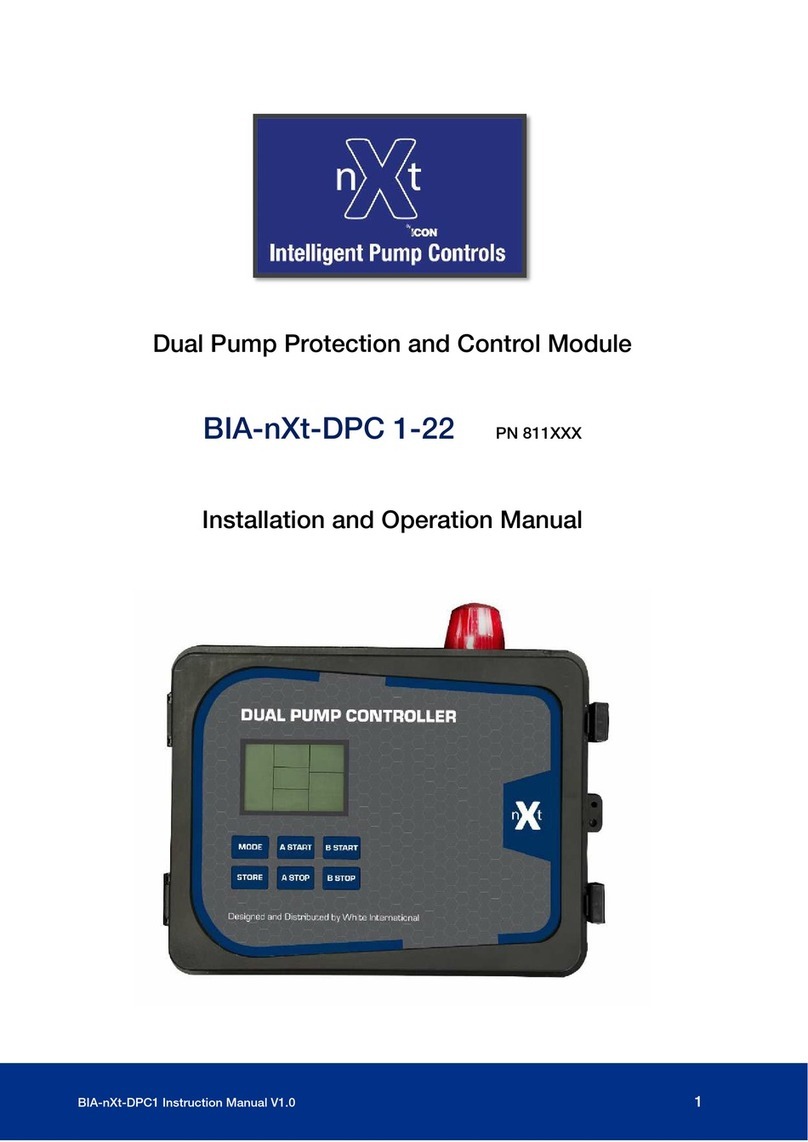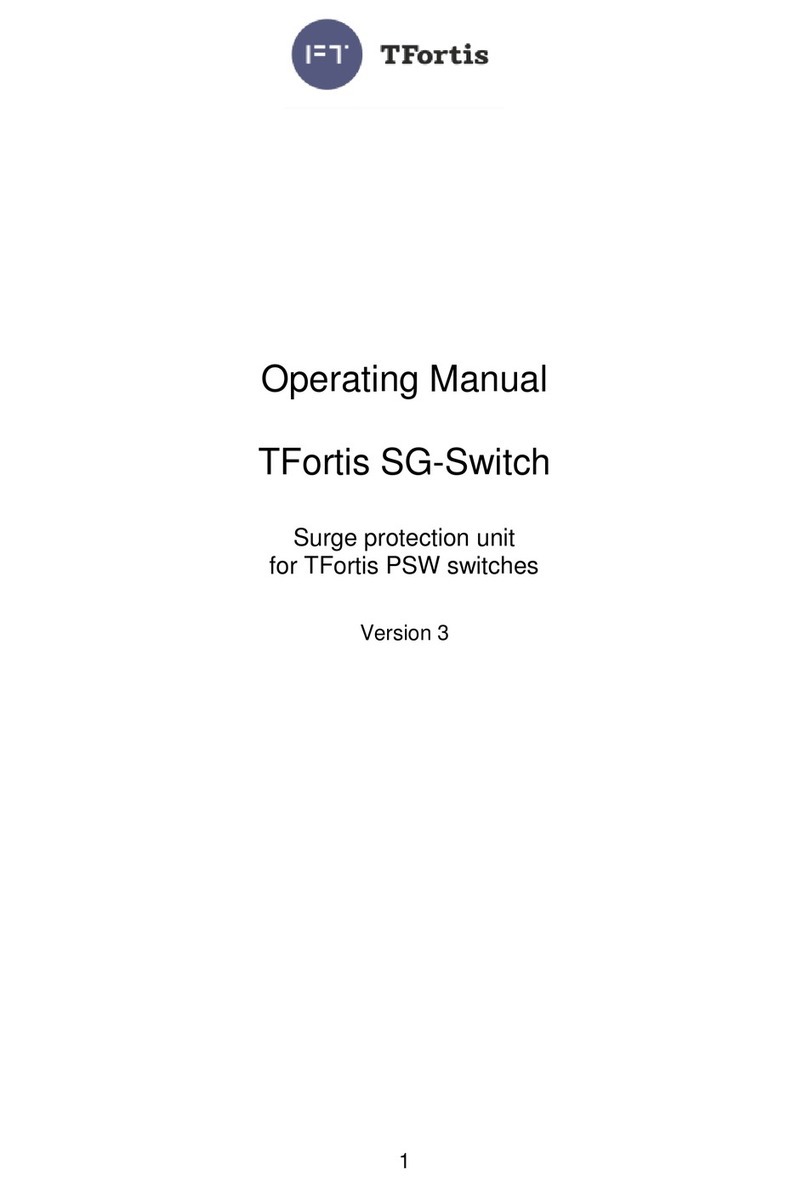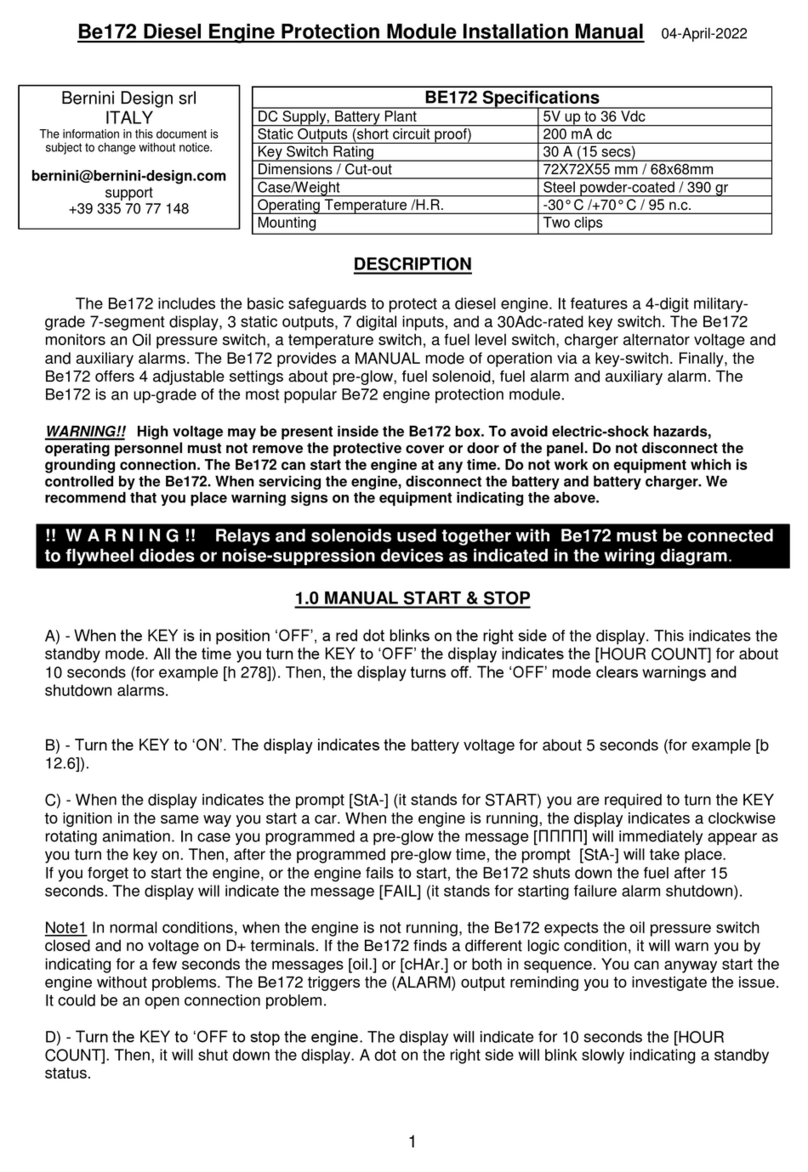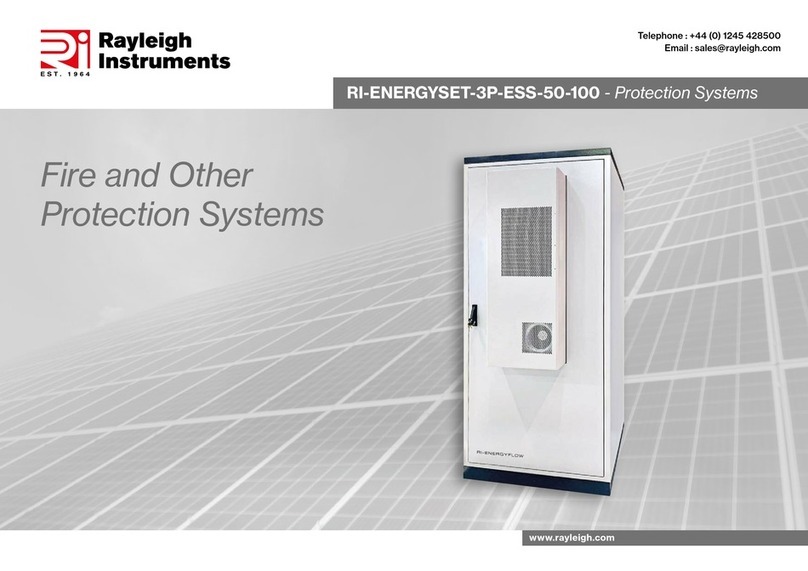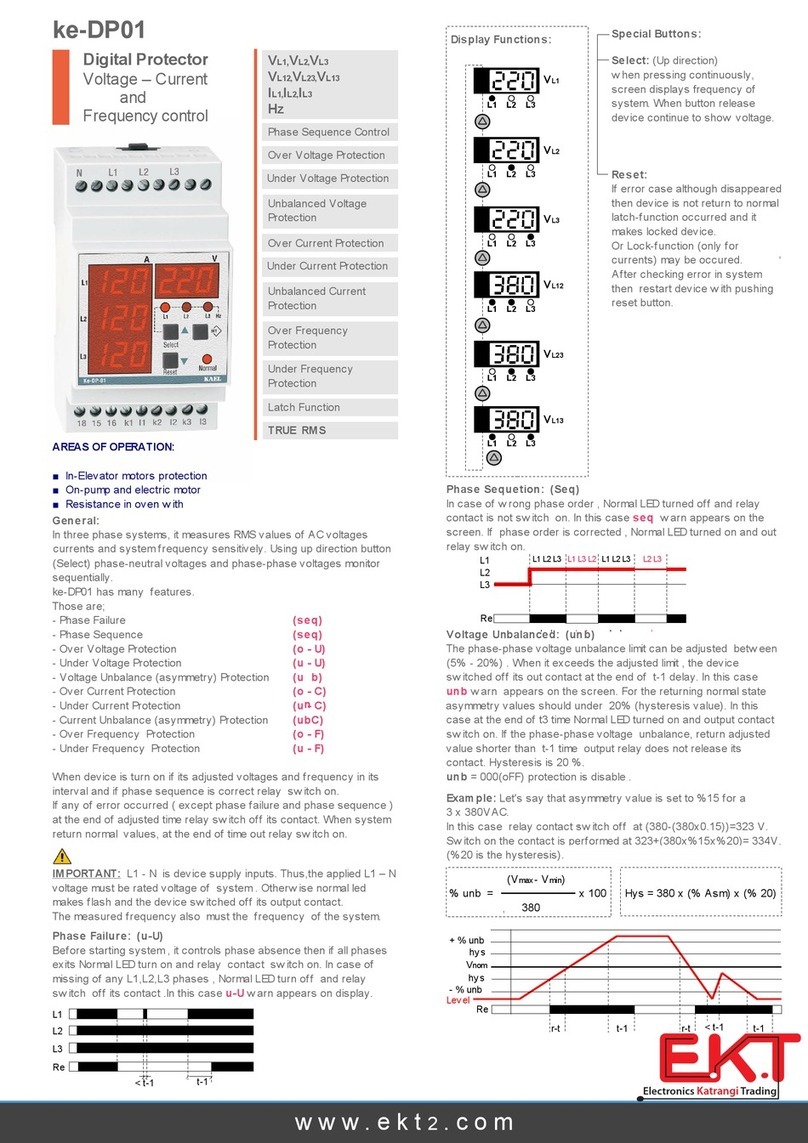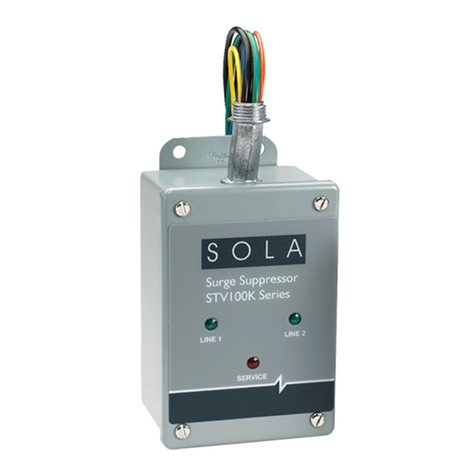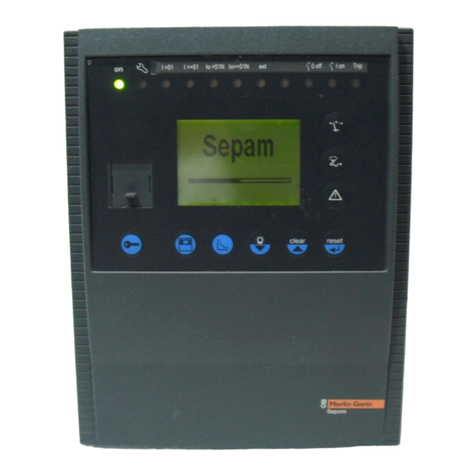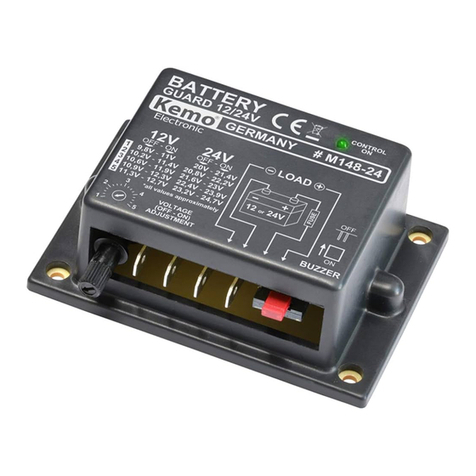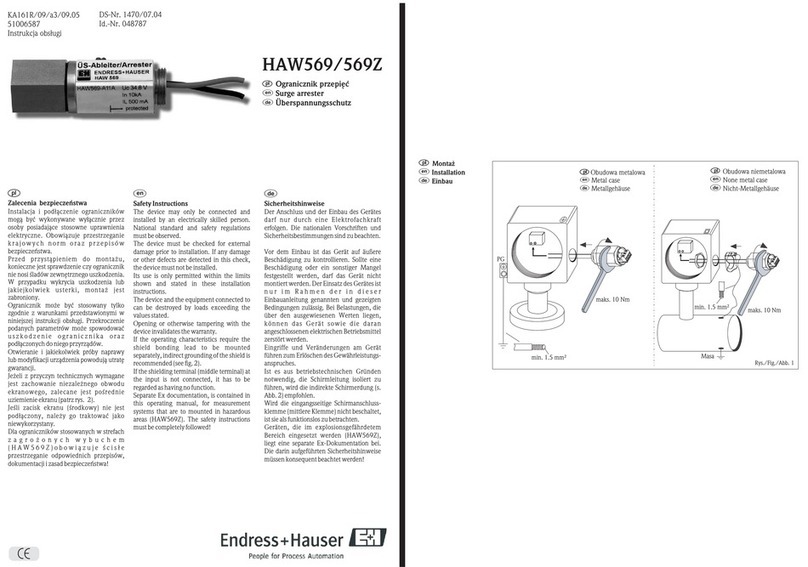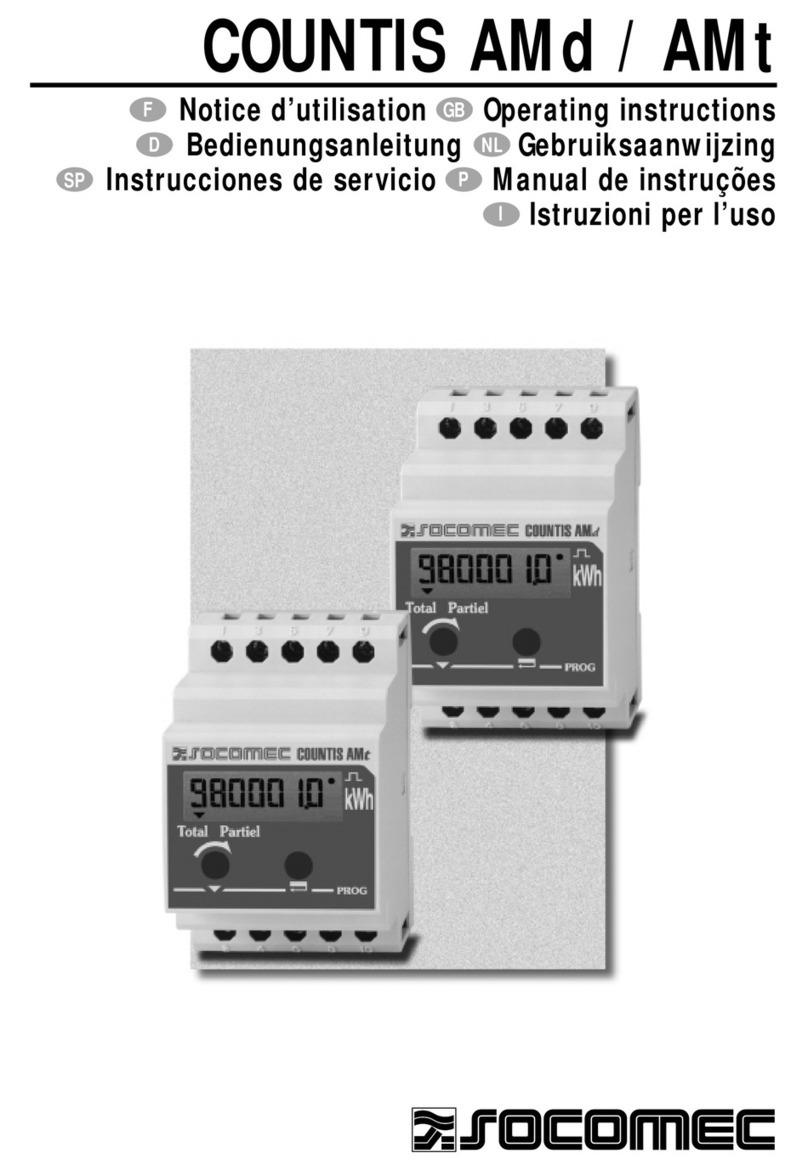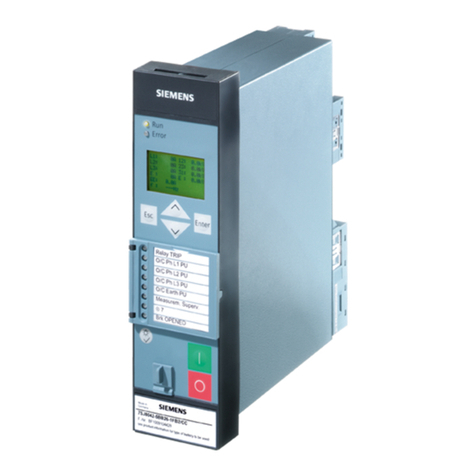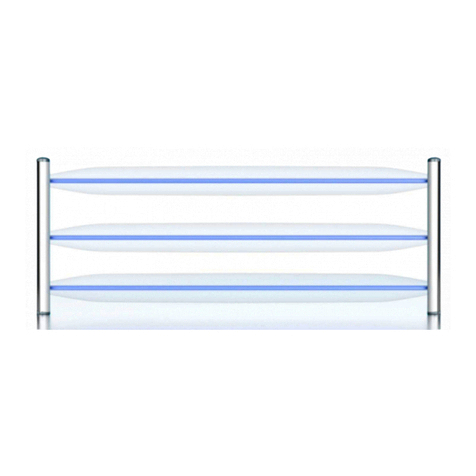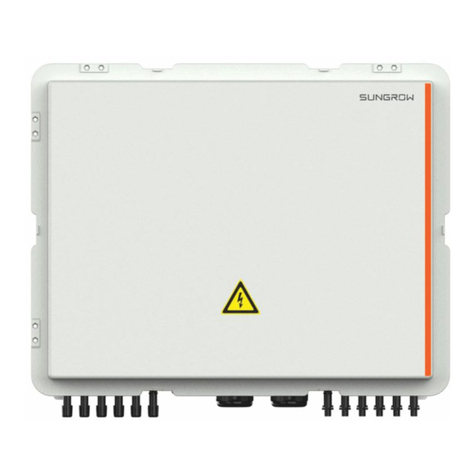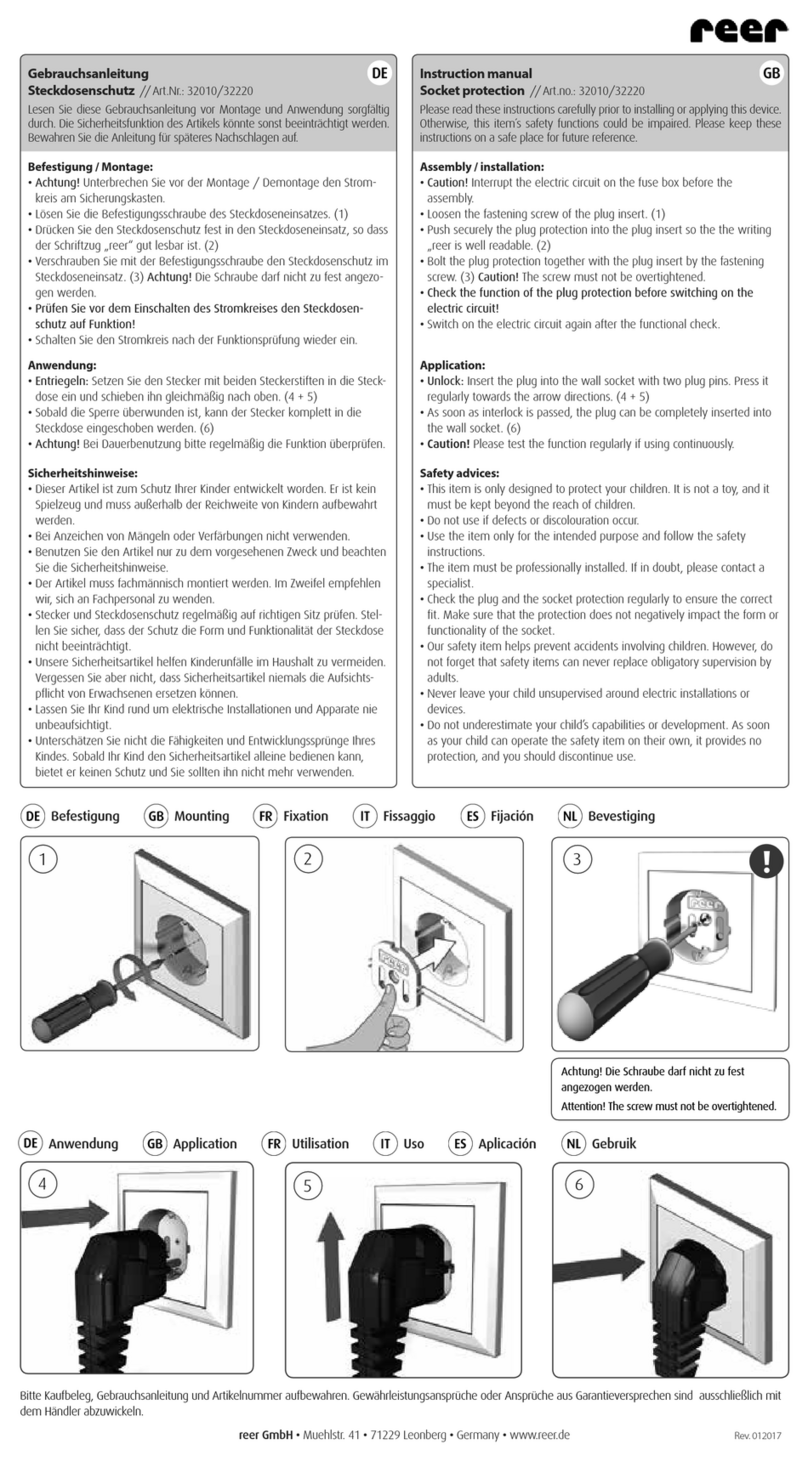
TD
17297D
TABLE OF CONTENTS
Sec/Par
8.3
8.3.1
8.3.2
8.3.3
8.3.4
8.4
8.4.1
8.4.2
8.4.3
8.5
8.5.1
8.5.3
8.6
8.6.1
8.6.2
8.7
8.8
8.9
8.10
8.10.1
8.10.2
8.10.3
8.10.4
8.11
8.11.1
8.11.2
8.11.3
8.11.4
8.12
8.12.1
8.12.2
8.13
Title Page
Setpoint Item
2,
RTD Monitoring .............. 60
Setpoint Items 3 and
7,
Stator Winding
Temperature.......................................... 60
Setpoint Items 4 and
8,
Motor Bearing
Temperature..........................................
61
Setpoint Items 5 and
9,
Load Bearing
Temperature.......................................... 62
Setpoint Items 6 and 10, Auxiliary
Temperature.......................................... 62
Ground Fault............................................. 62
Setpoint Item 11, Ground Fault Trip
Level...................................................... 62
Setpoint Item 12, Ground Fault Start
Delay ..................................................... 62
Setpoint Item 13, Ground Fault
Run
Delay ..................................................... 63
Instantaneous Overcurrent Protection...... 63
Setpoint Item 14, Instantaneous
Overcurrent Enable/Disable .................. 63
Setpoint Item 16, Instantaneous
Overcurrent Start Delay......................... 64
Locked-Rotor Protection........................... 64
Setpoint Item 17, Locked-Rotor
Current .................................................. 64
Setpoint Item 18, Locked-Rotor Time
(Stall Time) ............................................ 64
Setpoint Item 19, Ultimate Trip ................. 64
Setpoint Item 20, 1
2T Alarm ...................... 65
Setpoint Item 21, 1
2T Reset Function ....... 65
Jam Functions .......................................... 65
Setpoint Item 22, Jam Alarm Level ....... 66
Setpoint Item 23, Jam Trip Level........... 66
Setpoint Item 24, Jam Start Delay......... 66
Setpoint Item 25, Jam
Run
Delay.......... 66
Underload Functions ................................
71
Setpoint Item 26, Underload Alarm
Level ......................................................
71
Setpoint Item 27, Underload Trip
Level......................................................
71
Setpoint Item 28, Underload Start
Delay .....................................................
71
Setpoint Item 29, Underload
Run
Delay .....................................................
71
Phase Unbalance Functions..................... 72
Setpoint Item 30, Phase Unbalance
Alarm Level ........................................... 72
Setpoint Item 31, Phase Unbalance
Alarm Run Delay ................................... 72
Setpoint Item 32, Trip/Delay Phase
Effective
February
1999
Sec/Par
8.14
8.14.1
8.14.2
8.14.3
8.14.4
8.15
8.15.1
8.15.2
8.15.3
8.16
8.17
8.18
8.19
8.20
8.20.1
8.20.2
8.21
8.22
8.23
8.24
8.25
8.26
8.27
8.28
9 9.0
9.1
9.1.1
9.1.2
9.1.3
9.1.4
9.2
9.2.1
9.2.2
9.3
Page
3
Title Page
Unbalance Function ..................................72
Starts, Time Functions ..............................72
Setpoint Item 33, Starts Allowed ............73
Setpoint Item
34,
Time Allowed .............73
Setpoint Item 35, Operations Counter
Reset......................................................73
Setpoint Item 36,
Run
Time Reset.........73
Motor Start Transition................................75
Setpoint Item 37, Motor Start
Transition (Current Level) ......................
75
Setpoint Item 38, Motor Start
Transition (Time) ....................................75
Setpoint Item 39, Trip/Transition
on
Time Out Function..................................76
Setpoint Item 40, Incomplete Sequence
Time ..........................................................76
Setpoint Item 41, Anti-backspin Delay ......76
Setpoint Item 42, Full-load Amperes .........77
Setpoint Item 43, Frequency .....................78
Setpoint Item 44, Trip Relay Modes ..........78
Mode 1...................................................78
Mode 2 ...................................................78
Setpoint Item 45, Reversing/
Non-reversing Starter................................79
Setpoint Item 46, Trip/ReseVDifferential
Trip/Motor Stop
on
Remote Input ..............79
Setpoint Item 47, 4-20 mA Output
Signal ........................................................80
Setpoint Item 48, Trip State for Auxiliary
Trip Relay..................................................80
Setpoint Item 49, Reset Number of Trips
..
81
Setpoint Item
50,
Reset Maximum
Values .......................................................
81
Setpoint Item
51,
Run
Program/Stop
Program.....................................................
82
Setpoint Item 52, Current Transformer
Ratio ..........................................................82
TROUBLESHOOTING
General......................................................83
Panel Operations.......................................83
System Status Messages.......................83
Programming Setpoints..........................83
Reviewing Setpoints...............................83
Monitoring Characteristics......................83
Troubleshooting IQ-1000
II
Monitored
Equipment .................................................85
Alarm Conditions....................................85
Trip Conditions .......................................86
Troubleshooting the 10-1000
II
Unit ..........87
Courtesy of NationalSwitchgear.com
